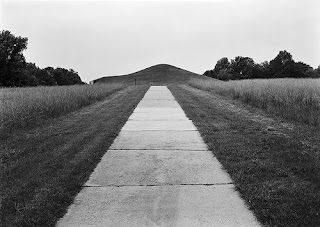 Balance
is a photography technique that involves capturing images within a
frame so all parts of the image have equal visual weight. Proper balance
should increase the visual appeal of a photograph. There are generally
two types of balance, formal and informal.
Balance
is a photography technique that involves capturing images within a
frame so all parts of the image have equal visual weight. Proper balance
should increase the visual appeal of a photograph. There are generally
two types of balance, formal and informal.
Formal balance is
symmetrical balance. To achieve this type of balance, the focus of the
picture should be placed in the middle of the image, while identical or
similar subjects are evenly spaced around the central point. Portraits
are an example of a picture where it is best to use formal balance.
Informal balance is more indistinct in
nature. In a photograph with informal balance, dissimilar elements
balance each other out on either side of the frame. Informal balance can
occur with objects of any size, but it is most visually appealing to
have a larger object balanced out with a smaller object or several
smaller objects. This type of balance usually follows the rule of
thirds.
Other ways to informally balance photos
include having a small area of white against a large area of black, or
black against white. This principle also works with vibrant colors
against neutral colors. A small area of highly textured material can
also balance out an area with little texture.
Assignment- Take
a roll (30-40 digital or BW) concentrating completely on "Balancing"
your frame. Either Symmetrical or Asymmetrical Balance. Topic is up to
you. Make a contact sheet and paste your best in your journal.
No comments:
Post a Comment